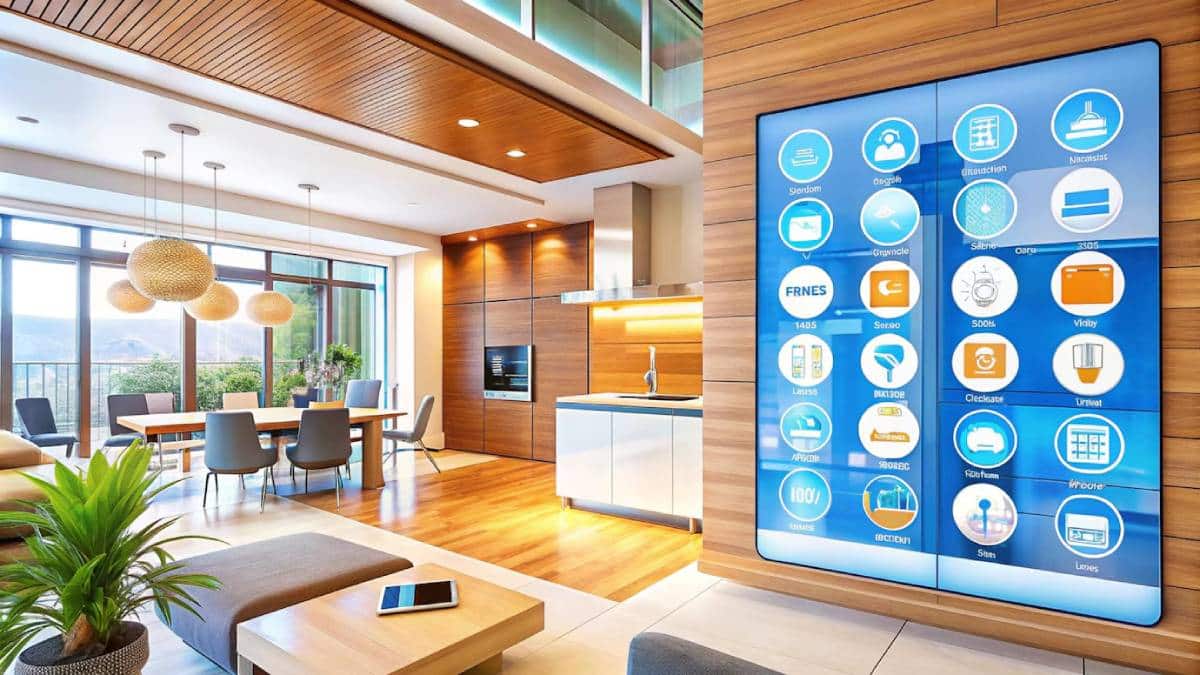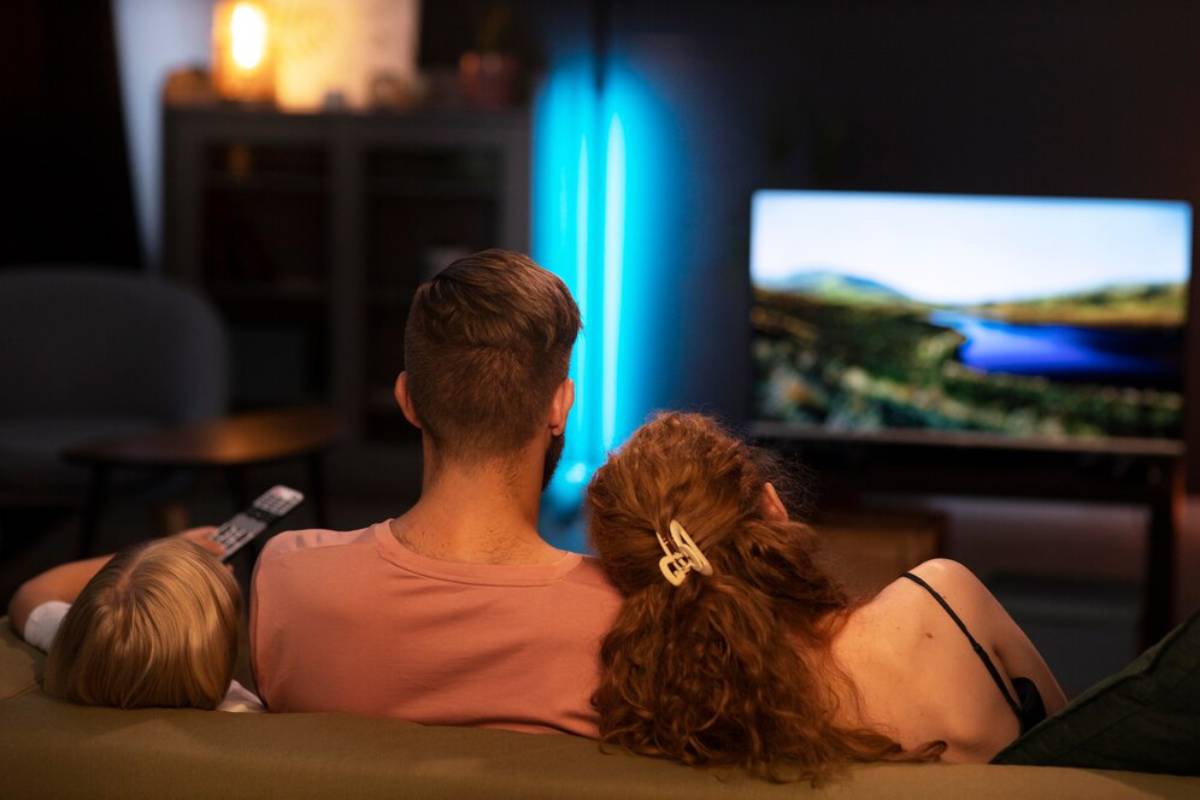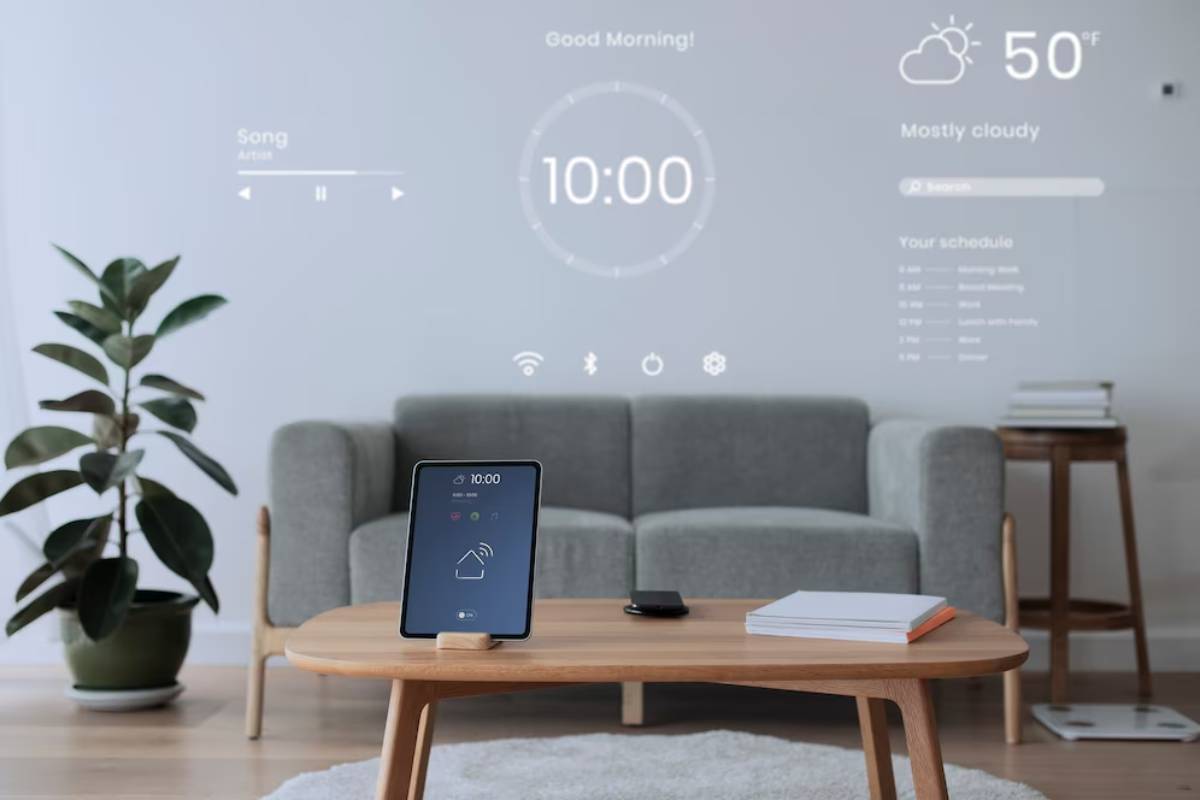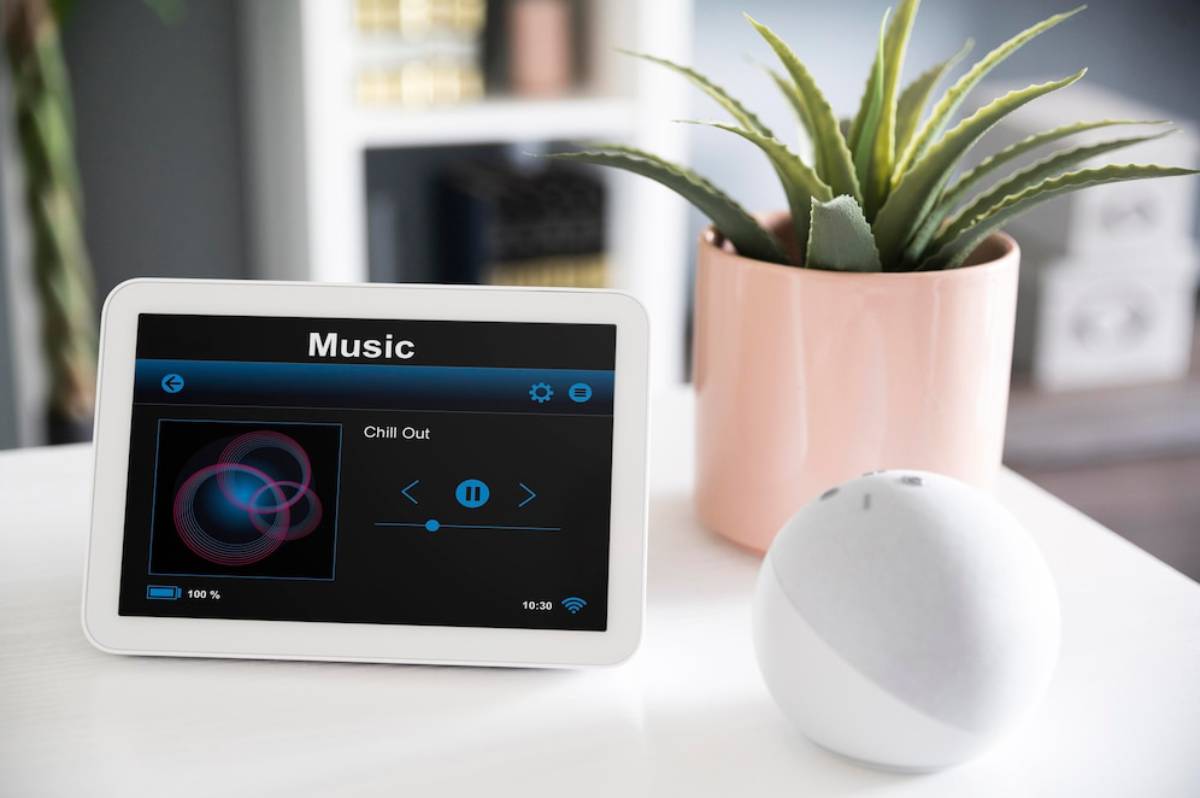
Creating Custom Scenes with Smart Home Systems
Smart homes aren’t just about connectivity—they’re about control. And when it comes to shaping your home around your lifestyle, smart home scenes are the most powerful tool in your automation arsenal. With a single tap or voice command, a well-designed scene can dim the lights, adjust the thermostat, close the blinds, play music, and more—all at once.
In this blog, we explore how to create and manage custom scenes using a combination of voice assistants, apps, and sensors. From simple routines to sophisticated automations, we’ll show you how to customise your smart home to respond exactly how you want, when you want.
Why Smart Home Scenes Matter

Scenes go beyond one-off commands or device control. They bring together multiple smart devices into a single action that reflects your habits, preferences, and schedule.
Imagine saying “Movie Night” and watching as the lights dim, the TV powers on, your soundbar switches to cinema mode, and the blinds close—without touching a thing. That’s home environment control at its most intuitive.
Scenes enhance your home’s atmosphere, efficiency, and ease of use. Whether you want to start the day gradually, relax in the evening, or automate routines when you’re away, scenes make it happen with style and consistency.
Real-Life Applications of Custom Scenes
Smart scenes can enhance every corner of your home:
- Morning routines: Wake up to a gradual light increase, warming thermostat, and your favourite playlist.
- Work mode: Adjust lighting for focus, silence notifications, and activate a diffuser via a smart plug.
- Entertaining: Brighten living spaces, play background music, and set the thermostat for comfort.
- Bedtime: Turn off main lights, lock doors, adjust the temperature, and enable white noise.
- Holiday settings: Create a ‘vacation mode’ that simulates presence with lighting and blinds while reducing energy consumption.
Whether you live alone, with a partner, or in a busy family household, scenes bring order to your routines.
Key Elements of Smart Home Scene Creation
1. Device Grouping and Integration
Scenes work best when your devices are part of the same ecosystem or are compatible via platforms like Matter, IFTTT, or a smart home hub.
Popular platforms for scene creation include:
- Apple HomeKit (using the Home app)
- Amazon Alexa Routines
- Google Home Routines
- Samsung SmartThings Scenes
- Home Assistant (for advanced setups)
Ensure all devices—lights, plugs, thermostats, blinds, speakers—are connected to the same system for seamless operation.
2. Triggers and Conditions
Scenes can be activated in different ways depending on your system:
- Manual triggers: Via app, widget, or smart button.
- Voice commands: “Hey Siri, start Relax Mode.”
- Scheduled routines: Triggered by time of day, day of the week, or sunrise/sunset.
- Sensor activation: Motion sensors, contact sensors, or temperature thresholds.
- Location-based triggers: When you arrive home or leave the house.
Combining triggers with device actions is the core of automation customisation.
3. Scene Composition
Build your scene by defining what happens to each device involved. For example:
“Evening Wind-Down” Scene:
- Living room light dims to 30%
- Smart speaker plays ambient music
- The thermostat drops by 1°C
- Blinds close
- The bedroom lamp switches on via a smart plug
Most systems allow you to define durations, brightness levels, volume, and delays between actions for a more natural flow.
Expert Tips for Creating Effective Smart Home Scenes
1. Label Clearly and Keep It Simple
Use clear, concise names for scenes like “Morning Lights” or “Leaving Home”. This makes them easier to remember and more reliable when using voice assistants.
Avoid creating too many similar scenes—instead, group actions to reduce clutter and confusion.
2. Use Presets and Modes Strategically
Many platforms allow you to create “modes” like Home, Away, or Night. Link scenes to these modes to enhance home environment control:
- When set to “Away”: Activate presence simulation scenes.
- When set to “Night”: Trigger low lighting and security settings.
- When “Home”: Restore default comfort settings.
Modes are especially helpful for households with changing schedules or shared access.
3. Combine Scenes with Sensors
Enhance automation by linking your scenes to smart sensors:
- Motion sensors trigger hall lighting at night.
- Contact sensors activate garden lights when the door opens.
- Temperature sensors start fans or adjust thermostats based on comfort.
This allows scenes to run reactively, not just at fixed times.
4. Customise by Time, Weather, or Location
For more dynamic control, use conditional logic:
- “If it’s after sunset” + “motion detected” → turn on porch light.
- “If humidity > 60%” → run dehumidifier via smart plug.
- “When I arrive home” → start Welcome Home scene (lights, heating, music).
Weather-based triggers, supported in apps like SmartThings and IFTTT, add an extra layer of intelligence.
Common Mistakes to Avoid
1. Overloading Scenes with Too Many Devices
Keep your scenes focused. Overloading with unnecessary actions can cause delays, glitches, or unneeded complexity. Test each scene to ensure it performs reliably and consistently.
2. Ignoring Ecosystem Compatibility
Not all devices work across all platforms. For example, a Google Nest thermostat may not work natively with Apple HomeKit. Use bridges like HomeBridge or Matter-certified devices to improve cross-compatibility.
3. Failing to Update or Test Routines
As you add or remove devices, make sure your scenes are updated accordingly. Run regular tests to ensure actions still occur as expected, especially after firmware updates or Wi-Fi changes.
4. Forgetting About Manual Control
Automations are great, but not always perfect. Include backup manual triggers, like smart buttons or app widgets, in case voice or sensor input fails.
Advanced Scene Ideas for Every Room
Kitchen – “Cooking Mode”
- Under-cabinet lights on
- Smart speaker plays upbeat music
- Extractor fan via smart plug turns on
- Oven preheats to 180°C (if smart-enabled)
Home Office – “Work Focus”
- Overhead light to 100%
- Desk lamp to cool white
- Smart display shows calendar
- Background music volume at 25%
- Do Not Disturb is enabled across assistant devices
Living Room – “Movie Night”

- TV powers on
- Soundbar set to surround mode
- Main lights off, side lamps to 20%
- Blinds lower
- Phone on silent via assistant routine (if supported)
Bedroom – “Wake-Up Routine”
- Lights slowly brighten from 0% to 100% over 10 minutes
- Smart speaker plays a calming playlist
- Heating increases by 1.5°C
- Blinds open at 25% brightness threshold
Entire Home – “Leaving House”
- All lights and smart plugs off
- Thermostat set to Eco Mode
- The robot vacuum begins its cycle
- Door locks
- Security cameras and alarm systems activate
These scenes represent just a few possibilities—tailor them to your routine and environment for maximum impact.
Conclusion: Design the Experience You Want

Smart home scenes are about more than automation—they’re about crafting a home that flows with you. From starting the day to settling in for the evening, scenes allow your space to respond in ways that are comforting, consistent, and completely custom.
With the right approach to automation customisation, your smart home becomes more than a set of devices—it becomes a unified environment built around your habits, needs, and personality.
Take the time to build scenes that reflect how you live. You’ll be rewarded with a home that’s not just smart, but thoughtful.


